Themed collection International Symposium on Food Rheology and Structure

Cocoa particles for food emulsion stabilisation
Emulsifying properties of cocoa particles have been investigated in systems containing purified sunflower oil (PSO) and water at varying pH, concentration and source of cocoa particles including cocoa powders (CP), cocoa fibre (CF) and cocoa mass (CM).
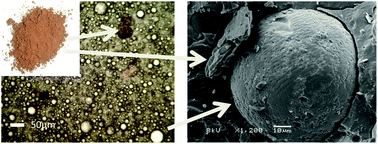
Food Funct., 2013,4, 1369-1375
https://doi.org/10.1039/C3FO30181H
The influence of pH and ionic strength on the swelling of dense protein particles
We report on pH and salt sensitive swelling of protein particles having different morphologies and internal protein densities.
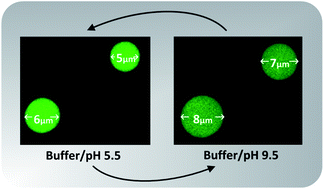
Soft Matter, 2013,9, 4598-4606
https://doi.org/10.1039/C3SM50170A
Phase stability-induced complex rheological behaviour of galactomannan and maltodextrin mixtures
The aim of this investigation was to characterize and explain the rheological behaviour observed for mixed solutions of maltodextrin and galactomannans.
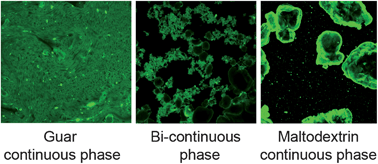
Food Funct., 2013,4, 627-634
https://doi.org/10.1039/C2FO30176H
Colloidal properties of concentrated heated milk
The colloidal properties of casein micelles in heated milk as a function of volume fraction are largely unknown.
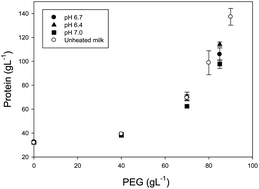
Soft Matter, 2013,9, 3815-3824
https://doi.org/10.1039/C2SM27540F
Fluid mechanics of eating, swallowing and digestion – overview and perspectives
Chemical engineering science allows to shed new light on different aspects of human eating, swallowing and digestion.
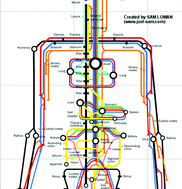
Food Funct., 2013,4, 443-447
https://doi.org/10.1039/C2FO30184A
Oral processing of two milk chocolate samples
Oral processing of two viscosity matched chocolates.
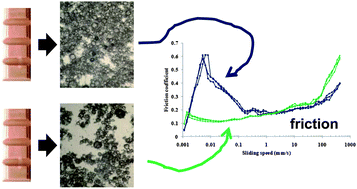
Food Funct., 2013,4, 461-469
https://doi.org/10.1039/C2FO30173C
Protein micro-structuring as a tool to texturize protein foods
Protein micro-structuring is a method to decouple protein concentration in gels and the resulting textural properties.
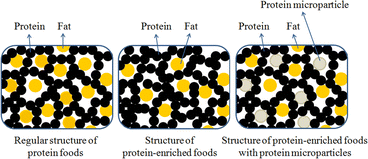
Food Funct., 2013,4, 277-282
https://doi.org/10.1039/C2FO30158J
Surface rheological properties of liquid–liquid interfaces stabilized by protein fibrillar aggregates and protein –polysaccharide complexes
The use of mesostructures (fibrils and complexes) creates a wider range of microstructural features of the interface, with higher surface shear and dilatational moduli and a more complex dependence on strain.
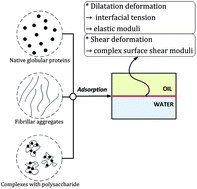
Soft Matter, 2013,9, 2154-2165
https://doi.org/10.1039/C2SM26627J
Fractionation of ethylcellulose oleogels during setting
Inhomogeneity in the physical structure of bulk-cooled ethylcellulose oleogels is identified for the first time and investigated in terms of both chemical composition and cooling rate.
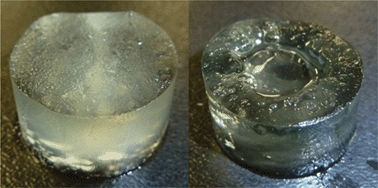
Food Funct., 2013,4, 153-161
https://doi.org/10.1039/C2FO30227F
Pressure dissociation of β-lactoglobulin oligomers near their isoelectric point
We study pressure dissociation of aggregated states of β-lactoglobulin at pH 4.6 using static and dynamic light scattering.
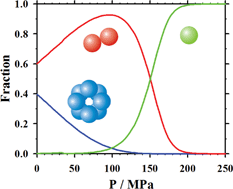
Soft Matter, 2012,8, 11654-11660
https://doi.org/10.1039/C2SM26335A
About this collection
This joint web collection from Food & Function and Soft Matter contains selected contributions from The 6th International Symposium on Food Rheology and Structure, held in Zurich, Switzerland in April 2012.
The International Symposium on Food Rheology and Structure addresses the needs of food rheology and structure researchers. The symposium is devoted to rheology of food and related systems, to food structure and structure analysis, and to the complex relationship between food processing, structure, rheology and resulting food quality.